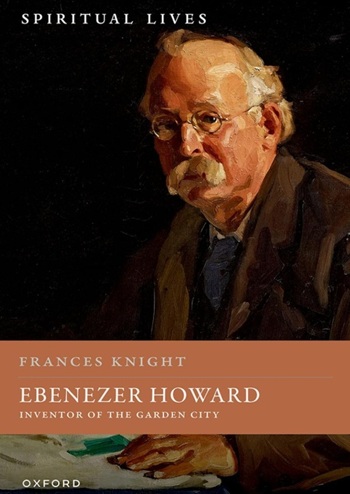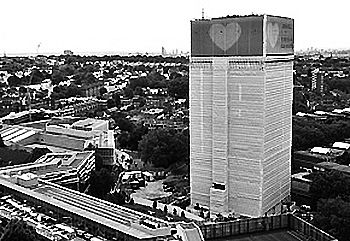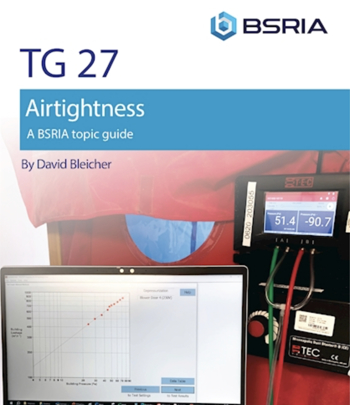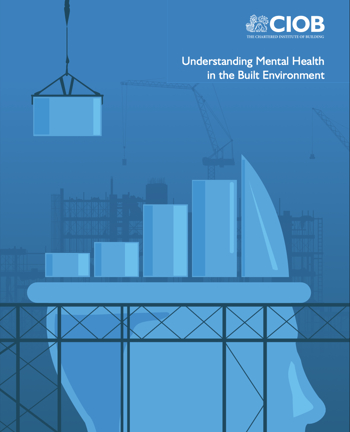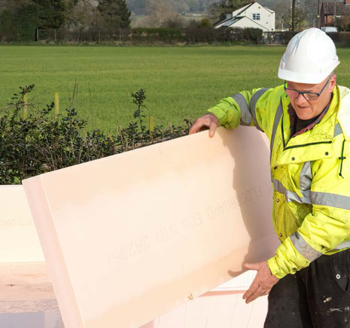Social cost
The Green Book, Central Government Guidance On Appraisal And Evaluation, Published by HM Treasury in 2020, suggests: ‘Social Costs are the costs to society , the total of which in the Green Book is the sum of costs accruing to society and any benefits accruing to the public sector.’
It suggests: 'Social Cost Benefit Analysis quantifies in monetary terms the effects on UK social welfare. Costs to society are given a negative value and benefits to society a positive value. Costs to the public sector are counted as a social welfare cost. It generates measure of social value. When combined with an appropriate public sector cost measure a BCR is produced which provides a social unit cost measure.
And: 'Social Cost-Effectiveness Analysis compares the costs of alternative ways of producing the same or similar outputs, it produces a unit cost measure.'
The 2018 Green Book, suggested that social cost is: ‘…the total cost to society of an economic activity – the sum of the opportunity costs of the resources used by the agent carrying out the activity, plus any additional costs imposed on society from the activity (external costs).’
It suggested that social cost benefit analysis: '...quantifies in monetary terms all effects on UK social welfare. Costs to society are given a negative value and benefits to society a positive value. Costs to the public sector are counted as a social welfare cost.'
And social cost-effectiveness analysis (SCEA): '...compares the costs of alternative ways of producing the same or similar outputs.'
NB Global Warming of 1.5 ºC, Glossary, published by the Intergovernmental Panel on Climate Change (IPCC) in 2018, defines social costs as: ‘The full costs of an action in terms of social welfare losses, including external costs associated with the impacts of this action on the environment, the economy (GDP, employment) and on the society as a whole.’
See also: Social cost of carbon.
[edit] Related articles on Designing Buildings
Featured articles and news
The UK's Modern Industrial Strategy: A 10 year plan
Previous consultation criticism, current key elements and general support with some persisting reservations.
Building Safety Regulator reforms
New roles, new staff and a new fast track service pave the way for a single construction regulator.
Architectural Technologist CPDs and Communications
CIAT CPD… and how you can do it!
Cooling centres and cool spaces
Managing extreme heat in cities by directing the public to places for heat stress relief and water sources.
Winter gardens: A brief history and warm variations
Extending the season with glass in different forms and terms.
Restoring Great Yarmouth's Winter Gardens
Transforming one of the least sustainable constructions imaginable.
Construction Skills Mission Board launch sector drive
Newly formed government and industry collaboration set strategy for recruiting an additional 100,000 construction workers a year.
New Architects Code comes into effect in September 2025
ARB Architects Code of Conduct and Practice available with ongoing consultation regarding guidance.
Welsh Skills Body (Medr) launches ambitious plan
The new skills body brings together funding and regulation of tertiary education and research for the devolved nation.
Paul Gandy FCIOB announced as next CIOB President
Former Tilbury Douglas CEO takes helm.
UK Infrastructure: A 10 Year Strategy. In brief with reactions
With the National Infrastructure and Service Transformation Authority (NISTA).
Ebenezer Howard: inventor of the garden city. Book review.
The Grenfell Tower fire, eight years on
A time to pause and reflect as Dubai tower block fire reported just before anniversary.
Airtightness Topic Guide BSRIA TG 27/2025
Explaining the basics of airtightness, what it is, why it's important, when it's required and how it's carried out.
Construction contract awards hit lowest point of 2025
Plummeting for second consecutive month, intensifying concerns for housing and infrastructure goals.
Understanding Mental Health in the Built Environment 2025
Examining the state of mental health in construction, shedding light on levels of stress, anxiety and depression.
The benefits of engaging with insulation manufacturers
When considering ground floor constructions.
Lighting Industry endorses Blueprint for Electrification
The Lighting Industry Association fully supports the ECA Blueprint as a timely, urgent call to action.

















